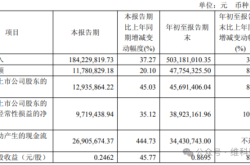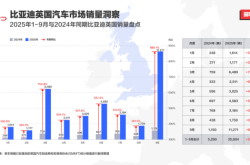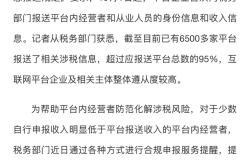AWE Embodied Intelligence: Dual-Track Evolution in Household Scenarios
![]() 03/21 2025
03/21 2025
![]() 571
571

As both humanoid robots and non-humanoid embodied intelligence target household scenarios, the race is not a zero-sum game but a collective pursuit of the pinnacle of embodied intelligence. Through the seamless integration of the physical and digital realms, a novel ecosystem of harmonious "human-machine-environment" coexistence emerges.
Editor: Di Xintong
The 2025 China Appliance and Electronics World Expo (AWE 2025), one of the world's premier consumer electronics exhibitions, once again captured the industry's spotlight. This annual event not only showcases leading companies' innovative prowess but also reflects the core evolution of technology-driven lifestyles.
Observations by the Embodied Learning Society reveal two significant industry trends at this year's exhibition in the realm of embodied intelligence:
Firstly, the industrialization of humanoid robots stands at the threshold, exploring the viability of entering household scenarios. Multiple leading brands have established product matrices for humanoid robots.
Secondly, manufacturers are deeply integrating embodied intelligence into products, driving iterations with new technologies, and ushering in the era of "unmanned appliances." Led by Dreame Technology, they are exploring new horizons for household robots, illustrating another trajectory of embodied intelligence evolution.
Intriguingly, Unitree Technology emerged as a notable "celebrity endorser." Its booth was packed, and it frequently appeared at other vendors' stands, leveraging mutual traffic to attract a broad spectrum of exhibitors.
Both humanoid robots and non-humanoid embodied intelligence products collaborated to orchestrate a symphony of imagination for "household embodied intelligence" products and scenarios at AWE 2025.
According to the Embodied Learning Society, although household scenarios have a high fault tolerance rate, suitable for deploying humanoid robots, truly entering homes requires overcoming three technological hurdles: perception in open, unstructured physical spaces; precision in understanding non-standard task instructions; and scene generalization and technical versatility. In contrast, non-humanoid products may lead the way in household commercialization.
Embodied intelligence is not confined to humanoid forms. Its commercialization path invariably adheres to the iron law of "scene defines form." This necessitates ecosystem builders to decouple demands, offer diverse solutions, and collaborate towards a paradigm shift in production and lifestyle driven by new productivity, fostering a genuinely sustainable embodied intelligence business model.

Humanoid Robots: Trendsetters and Standard Configuration
While Unitree Technology found a "dual identity" at AWE 2025, other home appliance and robot manufacturers also flaunted their humanoid robot prowess. For a while, humanoid robots became the "trendsetters" of AWE 2025, swiftly becoming a "standard configuration" in the home appliance sector.
Unitree Technology showcased products like the Go2 quadruped robot, G1 humanoid robot, and fitness pump PUMP. Go2 can perform agile jumps, interact with audiences for photos, and has continuous evolution capabilities, including handstand walking and obstacle climbing. It is poised to conquer more complex terrains, leveraging the robot dog's off-road and obstacle avoidance abilities. Notably, this robot dog can also be equipped with Unitree's self-developed flexible robotic arm, further enhancing its functionality.
Currently, robot dogs primarily serve as "porters," collecting garbage on Mount Tai, inspecting power plants, etc. While they can walk and carry, manual intervention is still necessary for loading and unloading. With the external robotic arm, it can autonomously handle these tasks, reducing human involvement.
Besides its own booth, the Unitree G1 robot also served as a "live streaming salesperson" at the Hisense Home Appliance Exhibition Hall, engaging with the audience and performing "Tai Chi" martial arts movements, drawing attention to Hisense's home appliance products.
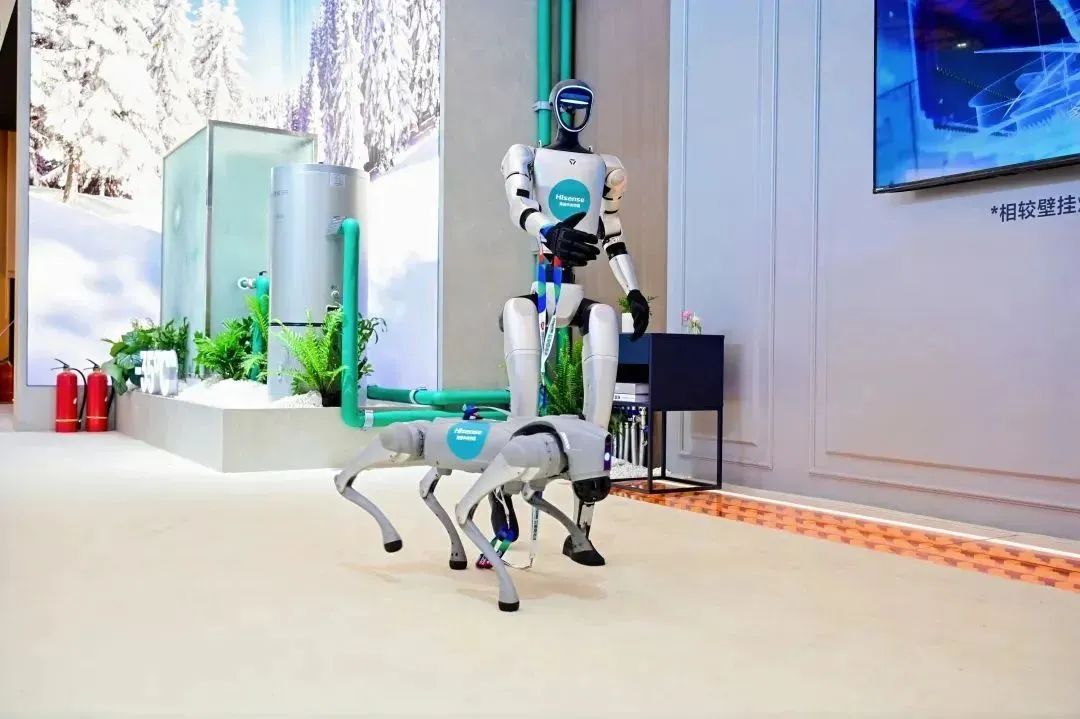
Image Source: Hisense
Despite Unitree Technology's frequent technological showcases, touching the imagination of humanoid robots entering "thousands of households," it recognizes the challenges of battery life, product weight, and adaptation to complex scenarios. "We'll start with simple, single industrial scenarios, apply them to complex ones after gaining experience, and eventually deploy them in real-life settings," said Zheng Shaojue, head of consumer channels at Unitree Technology.
Joining Unitree Technology as a "trendsetter" is the "Xiaomai" humanoid robot from Dreametech's ecological humanoid robot enterprise Magic Atom.
At the Dreametech booth, Xiaomai attracted numerous visitors for photos. Besides interacting with the audience, Xiaomai also played the claw machine in the exhibition area, deftly operating the buttons with its hands, subtly demonstrating its agile hand grasping and environmental perception abilities. Notably, even humanoid robots failed at the claw machine.
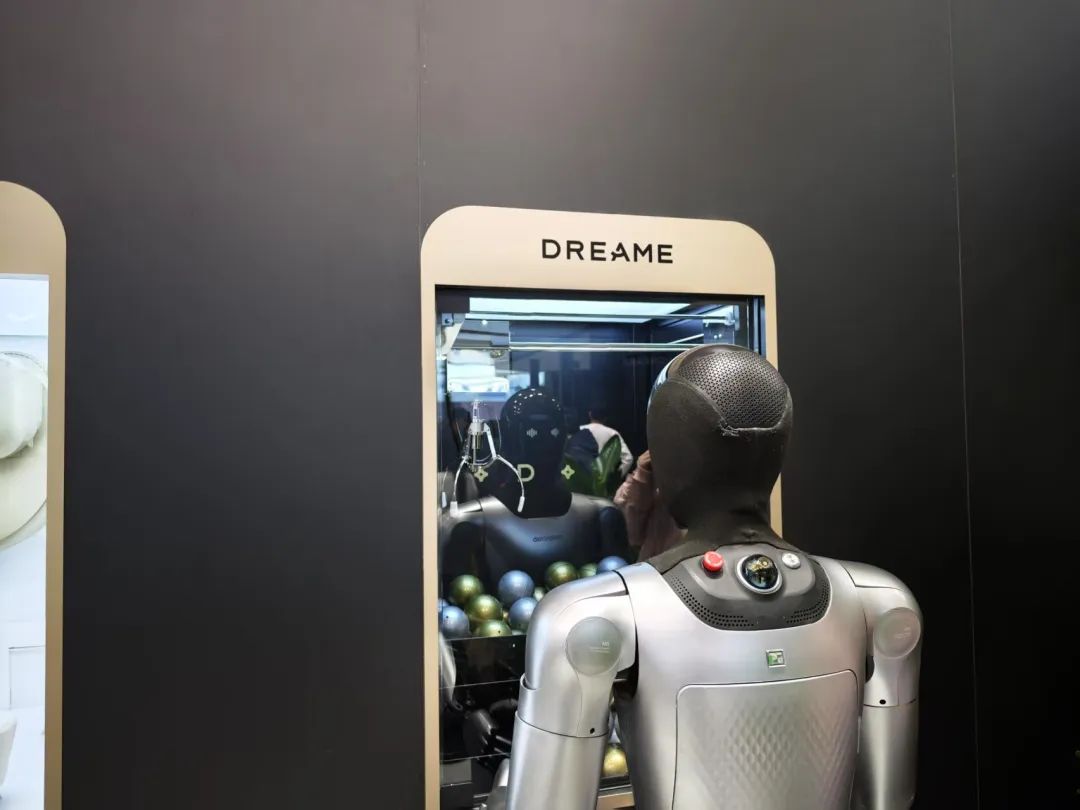
Image Source: Magic Atom
AWE 2025 was one of Xiaomai's recent working scenarios, transitioning from a product launch host to an exhibition "interaction officer" within 24 hours.
The day before, "Xiaomai" hosted the 2025 Dreametech Technology Boundless 2025 Ecological Conference, controlling the event's pace during the opening and guest dialogue sessions, outlining a new trajectory for embodied intelligence in commercial service scenarios.
Magic Atom previously stated to the Embodied Learning Society that Xiaomai would commence mass production this year, suitable for industrial and commercial scenarios, but had not yet achieved assembly line applications.
Qingxin Yichuang, a humanoid robot enterprise debuting at AWE, also showcased its first product, "Orca I." It walks with a "human-like straight-knee" gait, achieving stable walking, climbing, spinning in place, and other motion control capabilities. It also possesses natural emotional expression abilities, with its interactive screen providing feedback on different emotions based on human interaction. For instance, when humans share something happy, it dances around, providing emotional value.
Bai Zhaoyang, Marketing Director of Qingxin Yichuang, said, "Currently, there are multiple directions for the commercial application of humanoid robots, with sales to universities and research institutes being the most prevalent and mature direction."
Participating in the exhibition, Qingxin Yichuang aims to explore home appliance demand in household scenarios and identify new commercial opportunities. "Our goal is for robot products to gradually enter the home market in the future. Of course, there may still be some distance to cover at present," said Bai Zhaoyang.
Apart from manufacturers focusing on humanoid robots, AWE 2025 also witnessed the emergence of cross-border contestants showcasing "newcomers."
Haier, in collaboration with Leju, exhibited Kuavo, the country's first humanoid robot for household scenarios at AWE. It can jump, adapt to multiple terrains, and perform tasks like washing clothes, watering flowers, arranging flowers, and hanging clothes. Additionally, Haier Brothers Robotics, a subsidiary of Haier Smart Home, held a strategic signing ceremony with Xingdong Jiyuan to jointly launch service robots based on smart home scenarios.
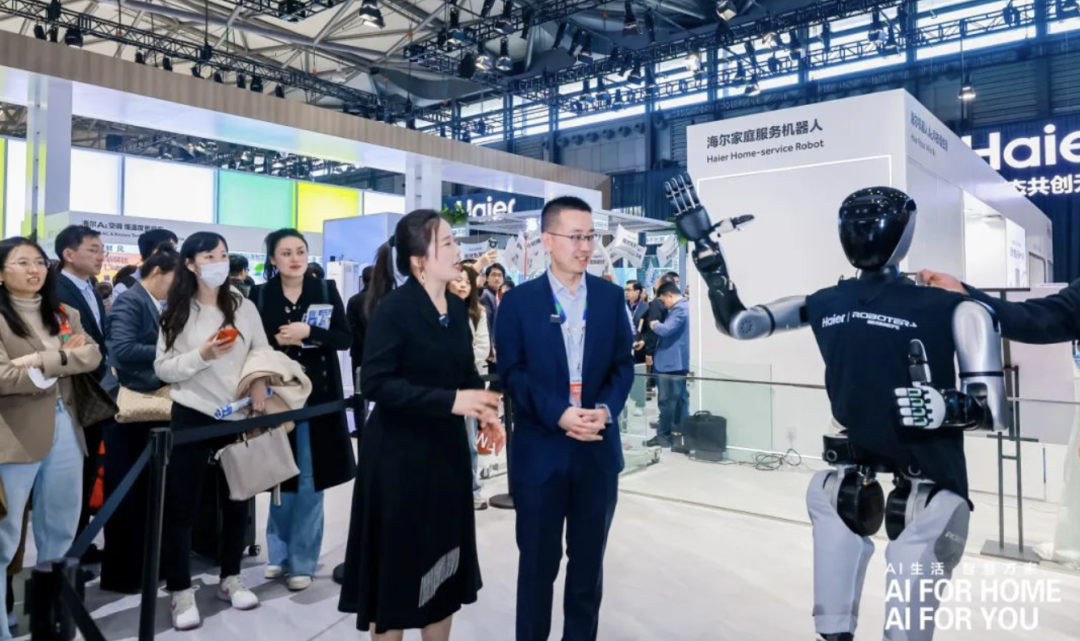
Image Source: Haier
AWE 2025 heralds the future changes as humanoid robots approach household scenarios. While outlining the blueprint, we indeed see technology serving as a "ballast" providing fundamental support for future development. However, the "singularity moment" for household humanoid robots still needs time to unfold.

Non-Humanoid Embodied Intelligence: Exploring Feasibility
Compared to humanoid robots, non-humanoid embodied intelligence products may take the lead in achieving commercial-scale landings.
At AWE 2025, Dreametech introduced its innovative bionic multi-joint manipulator technology. The combination of a sweeping robot + manipulator + brain enables the cleaning robot to transcend the traditional two-dimensional boundary, upgrading to 3D stereo space cleaning, illustrating another possibility of embodied intelligence.
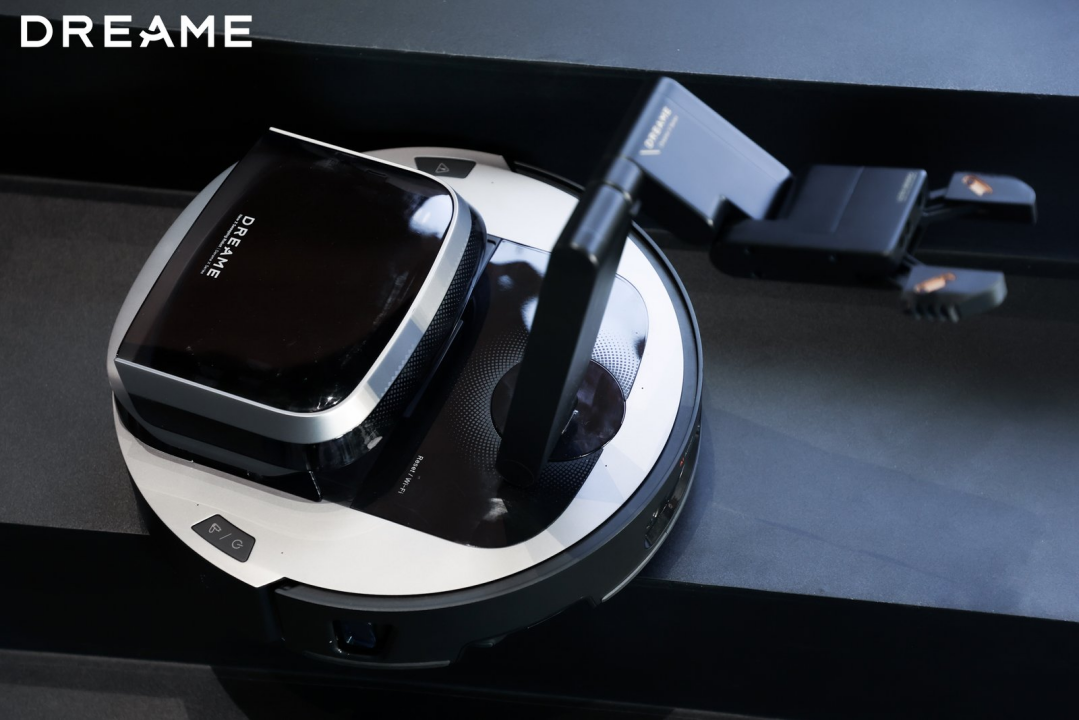
Image Source: Dreametech
On the hardware front, the bionic multi-joint manipulator has 5 degrees of freedom and a reach of up to 33 centimeters, capable of gripping items with a width of about 6 centimeters and a weight of up to 500 grams. The two camera systems can recognize all objects on the ground, while the RGBD camera on the gripper, working in tandem with the host's binocular system, enables the manipulator to precisely determine the grasping point and ensure smooth completion of the task. The manipulator also has a separate accessory warehouse, including vacuum cleaners, sponge brushes, and other accessories, which it can autonomously retrieve and install based on the scene/dirt situation.
On the brain side, relying on the embodied intelligence large model, the sweeping robot possesses autonomous decision-making capabilities, capable of classification and organization based on spatial logic, and autonomous path planning and organization through deep learning and environmental perception.
This smarter sweeping robot with an extra hand can seamlessly navigate through the home, cleaning the ground while handling scattered debris and organizing it.
This product not only verifies the scenarios of embodied intelligence products but also reveals a critical path for embodied intelligence development: When the end effector and cognitive intelligence achieve deep coupling, the capability boundary of household service robots will continue to expand into three-dimensional space.
CloudMinds brought the innovative service robot, "Composite Polymorphic Robot UP," to AWE 2025. Through the "1+N+AloT" model, the UP robot can achieve full-time, multi-scenario, multi-function, and multi-task collaboration. CloudMinds targets "scene intelligent agents" for landing and has constructed a comprehensive set of operational systems + intelligent agent service closed loops.
Unlike traditional service robots, the UP robot is not a "command-based player" limited to delivery services. Its main feature is "one machine with multiple functions, time-sharing multiplexing," capable of using tools, understanding and reasoning about tasks, and performing group collaboration. Taking the hotel scenario as an example, it can flexibly match "tool cabins" according to delivery and cleaning needs, forming a "one machine" with multiple roles. It deeply excavates the commercial value of service robots, genuinely improving quality and efficiency in landing scenarios.
Furthermore, the UP robot has established a complete closed-loop service process from order receiving, pickup, delivery, to notification and feedback, further reducing manual involvement.
CloudMinds, which "grew" out of the hotel scenario, uses new technologies to feedback scenarios and explore potential needs.
This case underscores the development context urgently needed for embodied intelligence. The industry grapples with the homogenization of landing scenarios and the difficulty in forming differentiated technical routes, resulting in a mismatch between technical strength and practical application. However, technology divorced from scenario needs remains an "ivory tower." Only manufacturers that understand customer needs can truly overcome the "difficulty of landing."
AWE 2025 clearly outlines the dual evolution path of the embodied intelligence industry: on one hand, humanoid robots knock on the door of household scenarios with a "trendsetting" attitude, portraying an ideal picture of future smart life through anthropomorphic interaction and emotional value output; on the other hand, non-humanoid intelligent agents break through technical bottlenecks with a functional orientation, leading the way in achieving commercial closed loops in vertical fields like cleaning and service.
Currently, humanoid robots still face generational challenges in perception accuracy and task generalization ability in open scenarios, but their potential in emotional connection and multi-dimensional services is beginning to surface; while non-humanoid products are silently and effectively reshaping the logic of household space governance.
These two aspects do not constitute a zero-sum game but rather aim at the ultimate goal of embodied intelligence. By deeply integrating the physical and digital worlds, we can construct a new ecosystem that ensures harmonious coexistence among "humans, machines, and the environment."
As we stand at the industry's pivotal moment, enterprises must pursue a balanced approach. They should aspire to new heights, expanding their capabilities through technological breakthroughs, while simultaneously remaining grounded. By identifying commercial opportunities in the decoupling of demand, they can maintain a solid footing. When technological advancements, cost trends, and scenario needs align in perfect harmony, embodied intelligence will transcend its role as a laboratory curiosity and emerge as a new form of productivity, driving significant transformations in both production and lifestyle paradigms.

